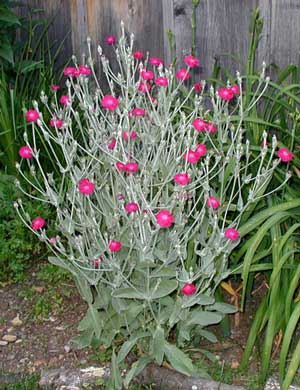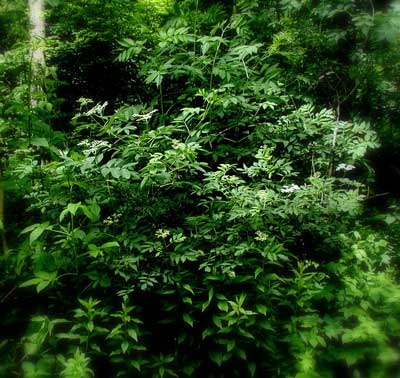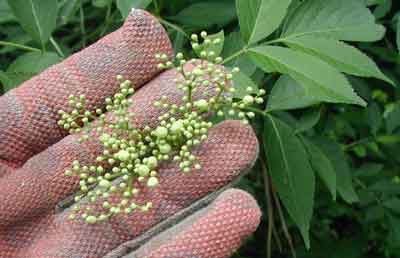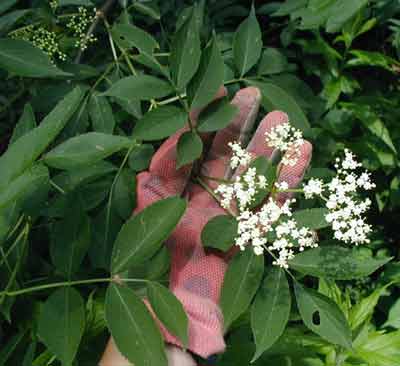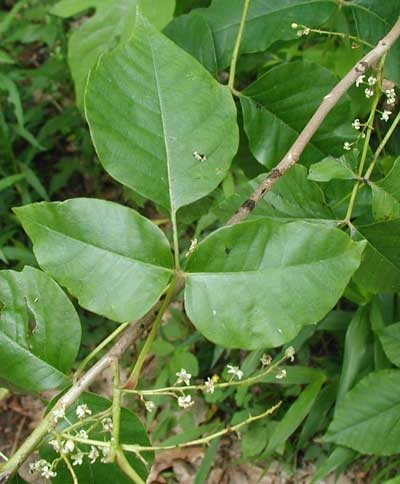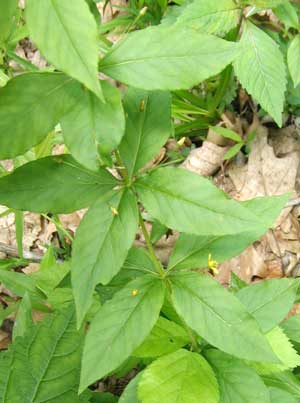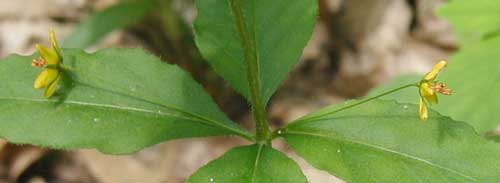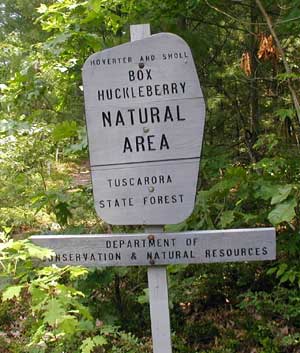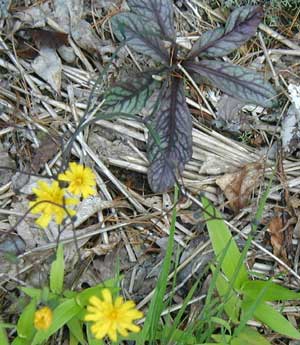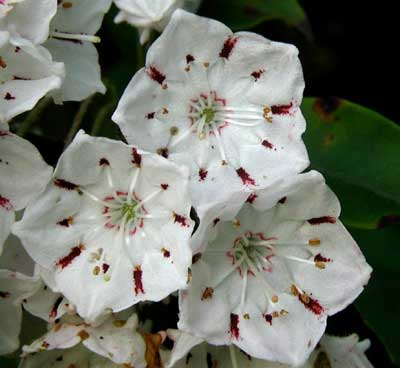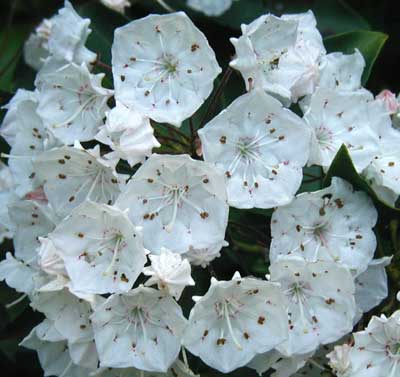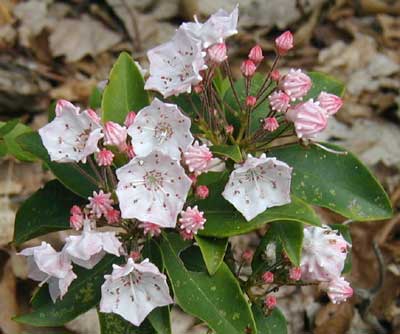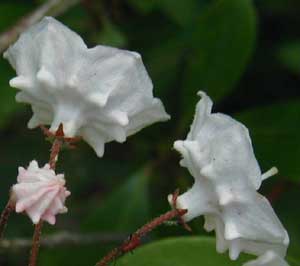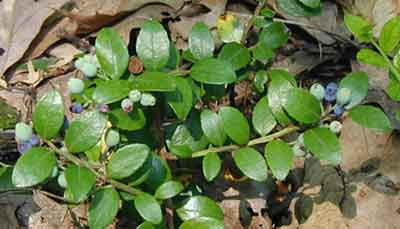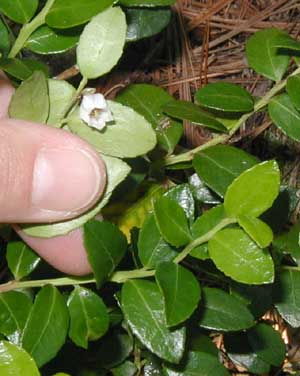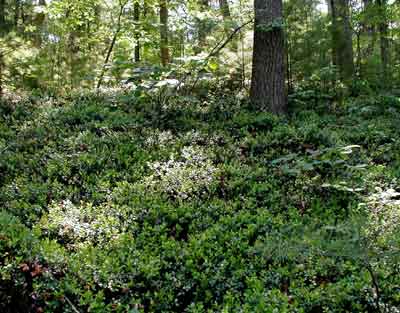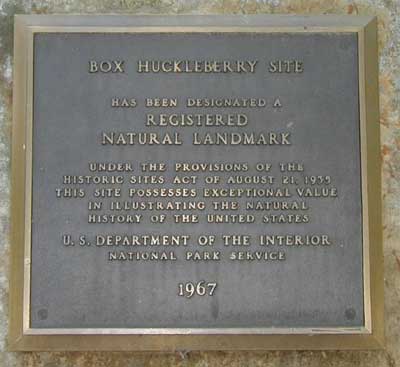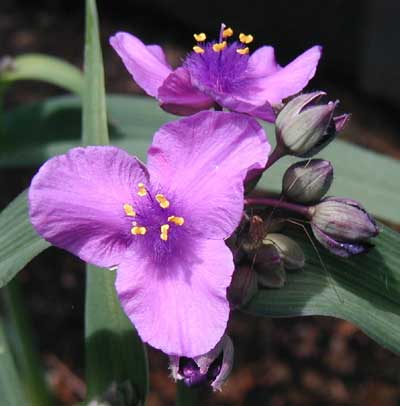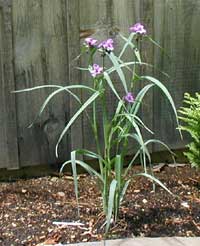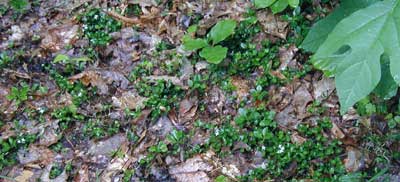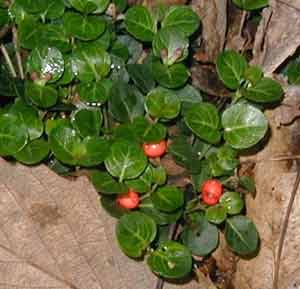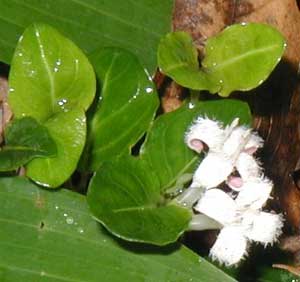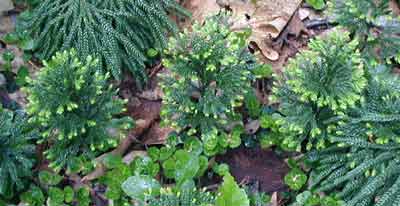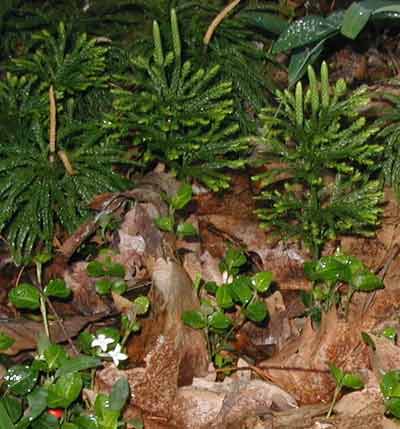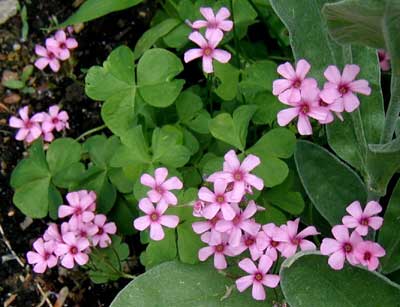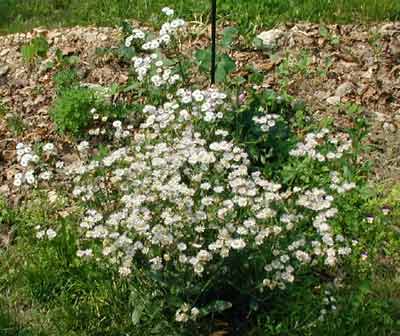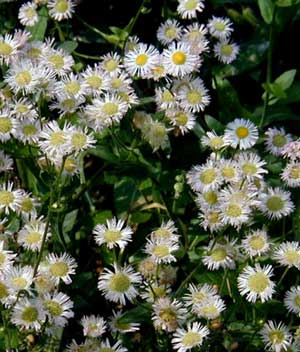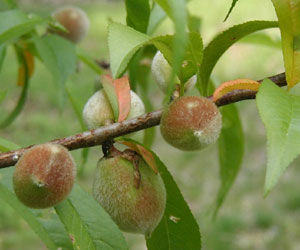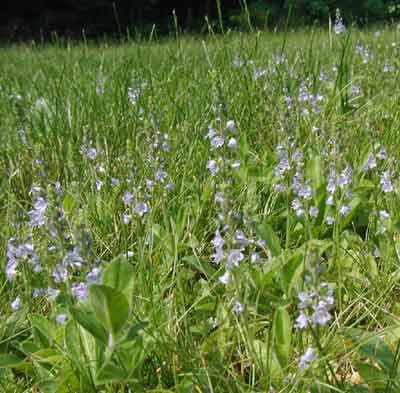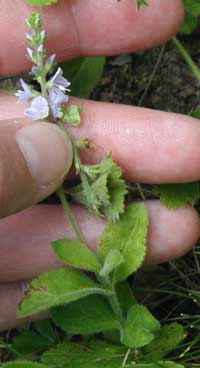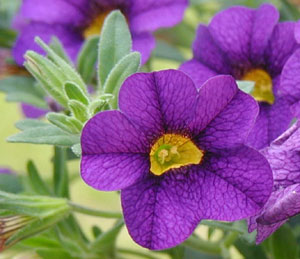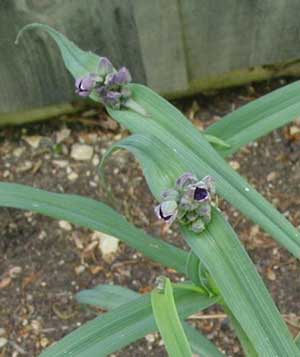Some nicer pictures of the American elder and its clusters of white flowers.
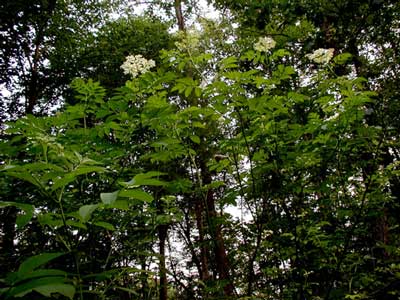
Shrubbery of the American elder tree.
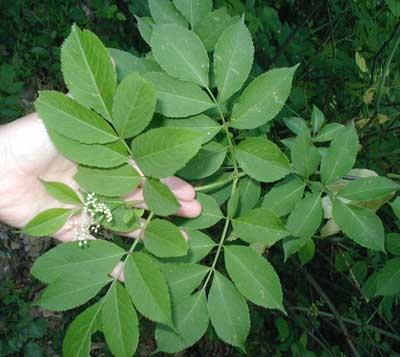
Elder leaves are compound with 5-7 leaflets.
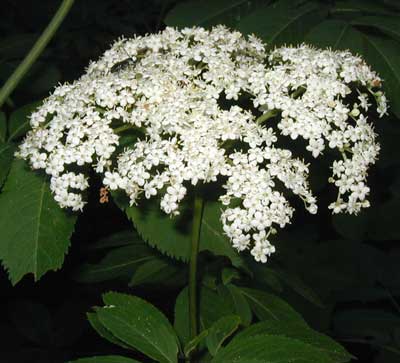
Closeup of an elder flower cluster.
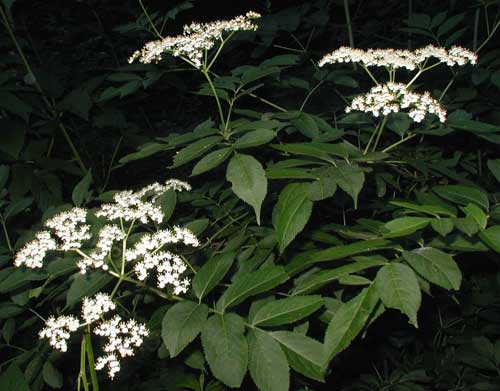
Clusters of elderberry flowers.
Here’s a nice grouping of the whorled loosestrife along the lane.
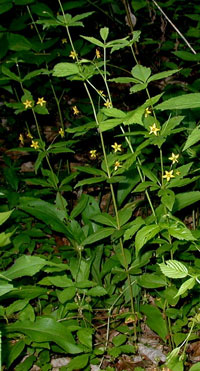
Several whorled loosestrife along the lane.
I’ve never eaten Poke, but people say it’s good greens — but only when young shoots are collected in early Spring. The mature leaves, roots and stems are poisonous. Pokeweed, Phytolacca americana, is quite noticeable as it has huge leaves!
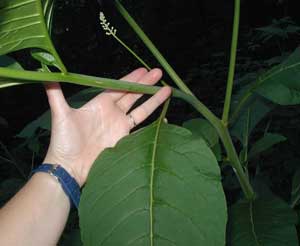
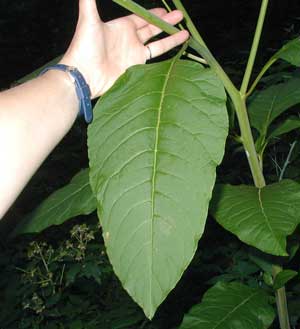
Pokeweed has huge leaves!
Poke flowers appear to have white petals, but those are actually the sepals. When the fruit ripens the cluster of shiny, purple-black berries hangs downward.
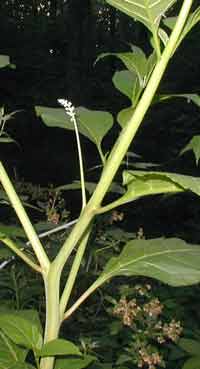
Tiny white flowers for a very large plant.
Another flowering plant we found along the lane is yarrow, Achillea millefolium, a member of the composite family, Compositae. The flowers appear in flat, tight clusters and are usually white and sometimes pink.
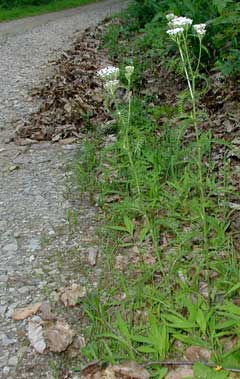
A couple yarrow plants alongside the lane.
Yarrow, a perennial, is distinguished from other similar-looking flowers by its greenery. The narrow leaves are finely divided and remind one of a fern. Yarrow leaves are aromatic, too.
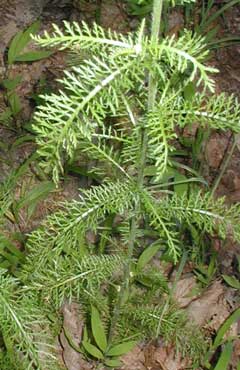
Narrow leaves with many divisions help to identify yarrow.
An interesting note about yarrow is that its use in folk medicine has been substantiated by the fact that over 100 biologically active compounds have been found in yarrow. A tea made from dried flowering yarrow is used for many maladies, including colds, fever, gastric upset, and internal bleeding. A poultice made from fresh leaves is styptic – used to stop bleeding. Indeed, legend has it that Achilles used a poultice of yarrow leaves to stop the bleeding of his soldiers’ wounds, thus the generic name Achillea. Caution: Do not use yarrow in any form if you are unsure of its identification as other similar plants are deadly poisonous, such as Fool’s Parsley and Poison Hemlock.
The tomatoes are in bloom in the vegetable garden, and the foxglove, statice, rudbeckia, tiger lilies and lamb’s ear are blooming, too.
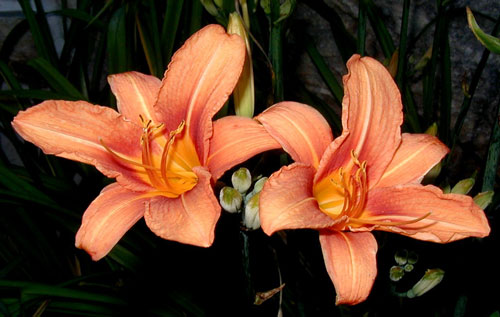
Tiger lilies blooming in the flower beds.
